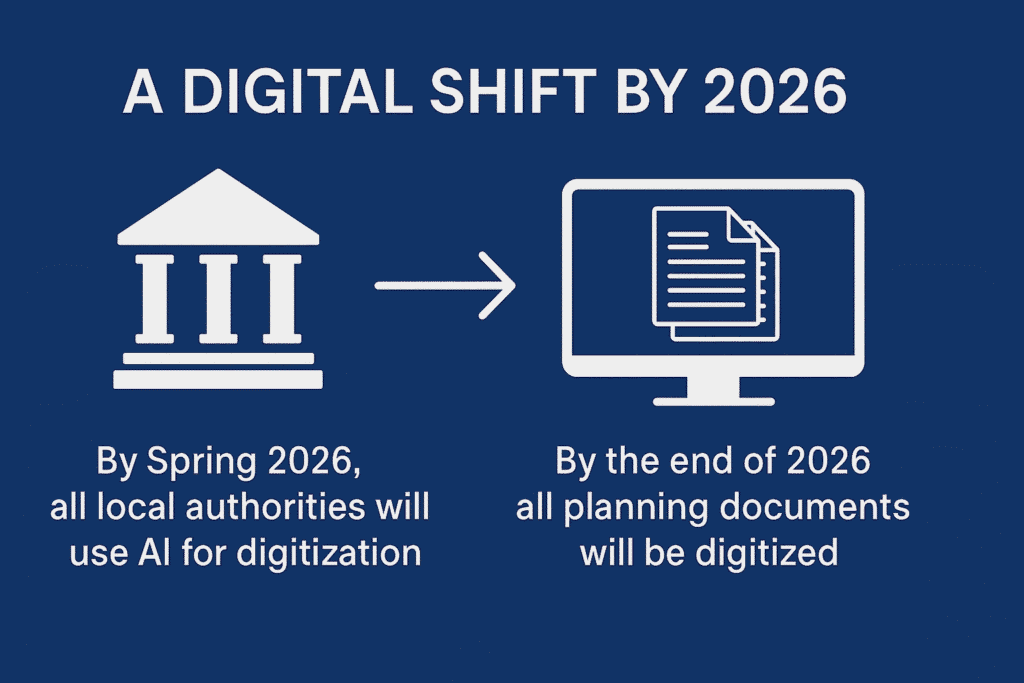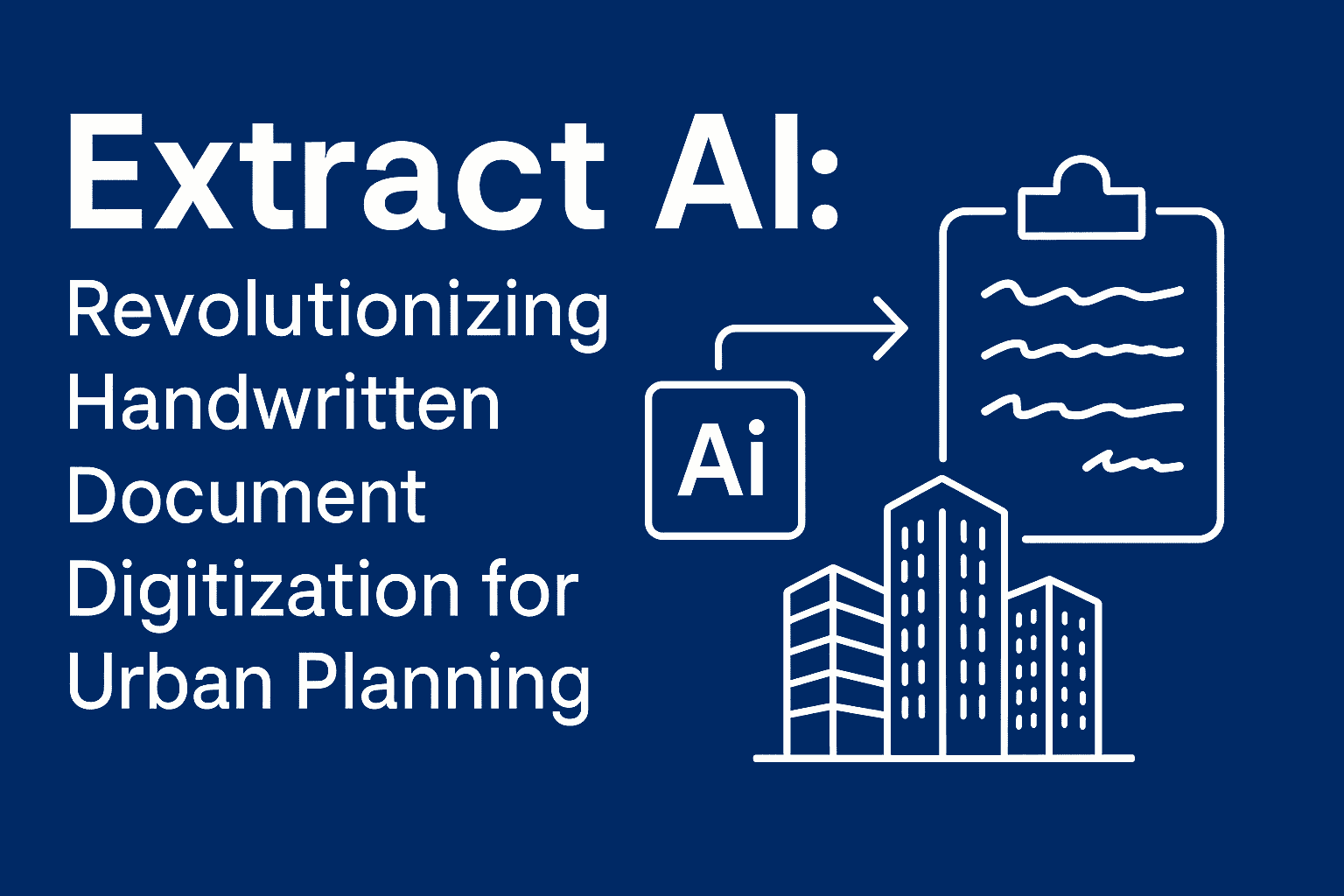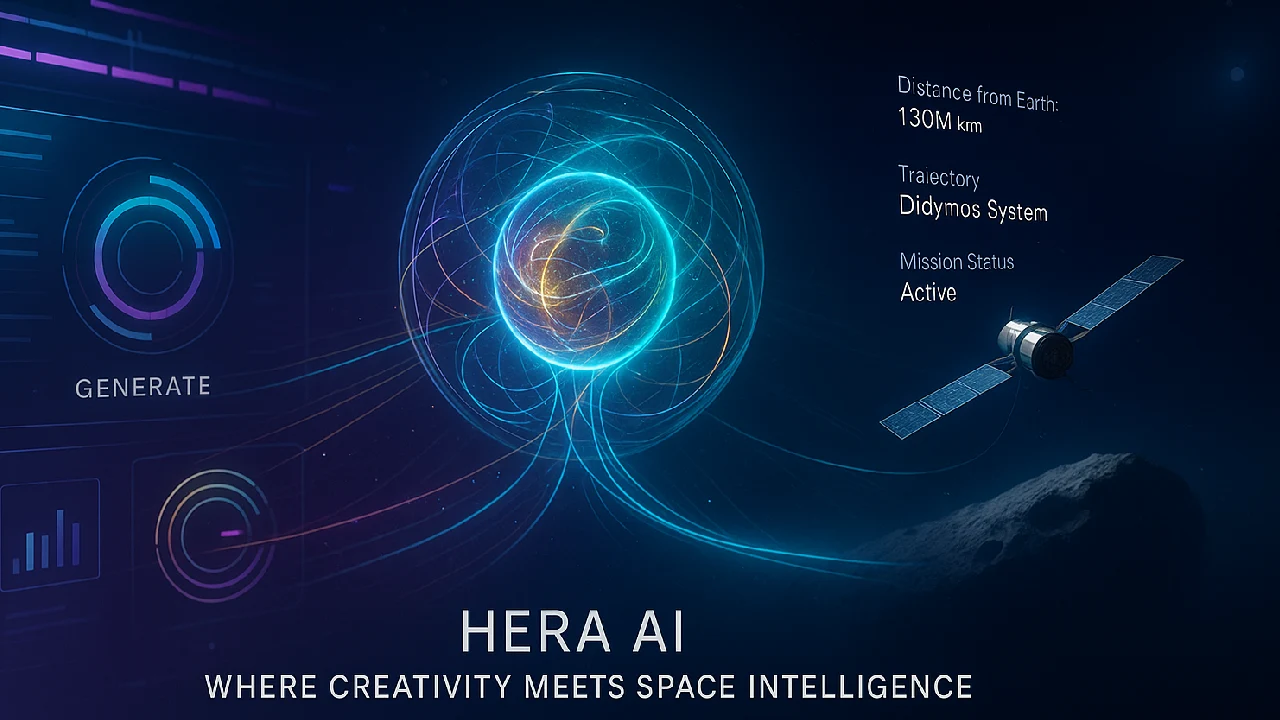In today’s digital-first world, where speed and data accuracy are everything, Extract AI is leading a major transformation in how handwritten and paper-based planning documents are handled—saving hours of manual work and delivering instant results.

The Problem with Traditional Planning Documents
Across the UK, local planning departments have long been burdened with stacks of old paper files—hand-drawn maps, written notes, and archival records. Interpreting these documents has traditionally taken planners one to two hours per case, making the process slow and inefficient.
This manual method delays decisions on housing developments and infrastructure projects, limiting progress at a time when faster urban planning is urgently needed.
Introducing Extract AI: Speed, Accuracy, and Intelligence
Extract AI is a powerful artificial intelligence system that processes complex handwritten documents and maps in just three minutes. But it doesn’t just scan—it understands the content, extracts relevant details, and transforms everything into structured, usable digital formats. Unlike basic OCR tools, Extract AI can accurately analyze and digitize handwritten text, identify planning dates, and trace map boundaries.
The performance of Extract AI is impressive:
- ✅ Delivers 100% precision in extracting handwritten text
- 📅 Achieves 94% accuracy when identifying key planning dates
- 🗺️ Traces map boundaries with 90% accuracy
This level of accuracy means fewer errors, faster decisions, and better use of planning data across the board.
A Digital Shift by 2026
A major rollout is already underway. By Spring 2026, every local authority in the UK will start using Extract AI to process their records. And by the end of 2026, the entire archive of planning documents is expected to be digitized.
This marks a huge leap forward in government efficiency—replacing outdated, paper-heavy systems with modern digital infrastructure.
Extract AI is helping to eliminate bottlenecks in public administration. It allows planners, developers, and officials to access key documents and decisions instantly, freeing up time for more strategic and impactful work.
The benefits also extend to researchers, developers, and local residents, all of whom gain quicker access to important data that once took weeks to process manually.

Conclusion: Extract AI Is Just the Beginning
With Extract AI, the UK is stepping into a smarter future—one where artificial intelligence makes critical information easier to access, understand, and act on.
This isn’t just about saving time; it’s about redefining how public systems operate. From handwritten notes to real-time digital insights, Extract AI proves that the future of planning is not just digital—it’s intelligent.
Empowering Smarter Cities Through AI
As urban areas continue to grow, the need for data-driven decision-making becomes more critical than ever. Extract AI not only simplifies data management but also empowers local governments to design smarter, more efficient cities. By unlocking information buried in handwritten archives, urban planners can analyze trends, forecast future needs, and make well-informed infrastructure decisions. This AI-driven approach ensures that cities are not only catching up with the present but are also planning strategically for the future.
One of the biggest roadblocks in urban development is the delay caused by outdated, paper-based approval systems. Extract AI directly addresses this by making key information instantly accessible to planning committees and developers. This not only accelerates the approval process for housing and infrastructure projects but also ensures better coordination between departments. As a result, communities benefit from faster delivery of homes, roads, and public services—closing the gap between planning and execution.
Reducing Human Error and Increasing Accountability
Manual data entry is often riddled with inconsistencies and prone to error—especially when dealing with decades-old records and handwriting. Extract AI drastically reduces these risks by automating data capture with high precision. Its structured outputs help eliminate misinterpretations and foster a new level of transparency and accountability in public administration. By reducing reliance on manual labor, local governments can also reallocate resources to areas that need real human attention, such as community engagement and development strategy.







